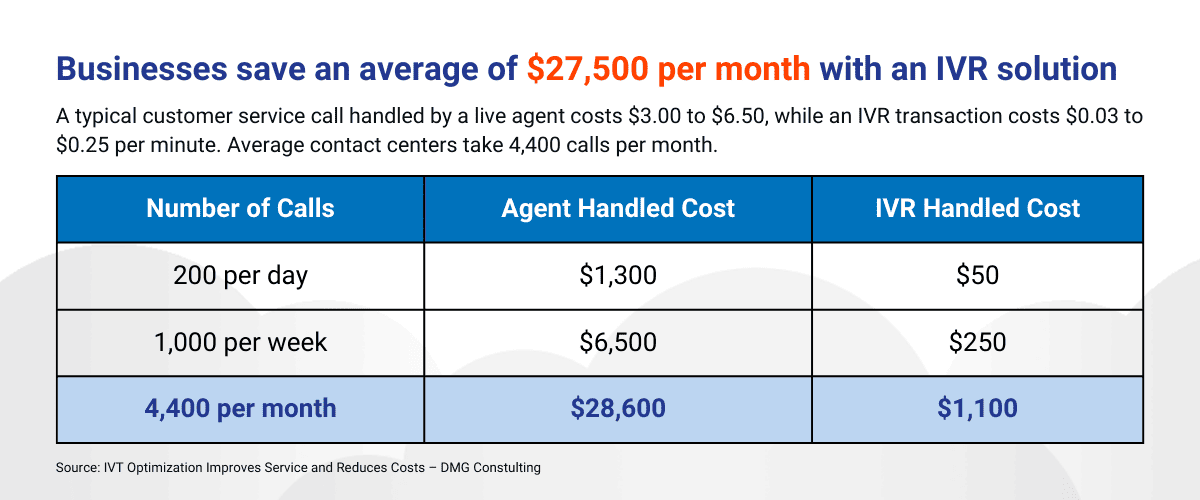![[Website] Short Hero Banner (10) VoIP Call Center](https://www.alianza.com/wp-content/uploads/2023/09/Website-Short-Hero-Banner-10.png)
The “traditional titans” of the communications industry, on–premises call centers are hanging by their proverbial fingertips in a market that is rapidly transitioning to the cloud. With increasing frequency, holistic virtual contact center solutions are encroaching into territory that old–school phone center enthusiasts once thought unreachable.
There’s a good reason for this shift too. Not only can a cloud contact center eliminate the need for clunky physical infrastructure, it also tends to provide a better all-around customer experience. For communication service providers (CSPs) looking to add value for their end users, a cloud contact center offering that moves businesses away from a reliance on aging and expensive on-premises technology can create new revenue streams that only grow larger with time.
Here are 3 reasons why providers should embrace a VoIP call center solution (and ditch the expensive workarounds that keep on-premises systems alive).
1. A Cloud Contact Center Increases Flexibility
One of the primary advantages of a hosted call center is its ability to scale quickly and efficiently. Unlike on-premises systems, a cloud contact center can accommodate growing or shrinking call volumes more easily and with less expense.
Since VoIP doesn’t rely as much on physical hardware, businesses can add more customer service agents without resorting to IT or third-party installation support. Instead, a cloud contact center can tap into an already existing voice network and streamline customer communication across multiple channels.
Improved Availability Rates
In a competitive market, high uptimes can be a key factor in determining whether service providers earn new business and retain existing customers. Few things hurt short and long-term profitability more than outages, which can result in lost work hours, dissatisfied customers, and an over-reliance on technical support teams.
Lacking existing hardware that naturally deteriorates over time, a cloud contact center is easier to maintain and update with new security and feature improvements. VoIP providers normally have multiple data centers located in different geographical regions. If one experiences a systems failure, the traffic can be subsequently rerouted to another operational data center instead. This redundancy means that IT departments can run on a leaner model and end-users experience higher satisfaction rates while working within a more consistent network.
2. The Cloud Is More Cost Effective
(& Generates More Revenue)
In general, a cloud contact center carries less overhead than on-premises solutions. Not having to rely on physical infrastructure means that on-site maintenance costs and expensive hardware fixes are mitigated.
In both the long and short term, migration to the cloud will result in major cost savings and revenue-generating opportunities for contact center providers. For example, simply implementing conversational AI models into contact centers could reduce agent labor costs by $80 billion in 2026, a savings that on-premises systems will be less able and prepared to compete with.
Accelerate the Set-Up Process
Cloud contact centers offer affordable, out-of-the-box configurations that adapt to existing telephony and critical platforms. In comparison, on-premises centers can take half a year to get up and running, which means businesses are losing out on precious revenue while hardware is being installed.
In contrast, virtual contact center solutions can be activated within a matter of days. Rather than hard-wiring individual device seats into a central on-premises system (and having to rely on IT teams to adjust user amounts as call volume changes), cloud contact centers can update the number of needed agents seamlessly via back-end administration portals.
Decrease OPEX with Cloud Contact Center Automation
The use of interactive voice response (IVR) systems is nothing new. However, the scale of customization, granularity, and innovation available with cloud-based options allows businesses to implement automated self-service options with a precision unknown to on-premises solutions. This capability, in turn, saves agent bandwidth for more difficult queries that cannot be solved via automation or AI and also moves people through call queues more quickly. Studies even found that 50% of some organizations’ call volume is completely handled by IVR.
A cloud contact center seamlessly integrates information from other platforms, including databases and CRM systems. As a result, IVR can leverage access to real-time data that offers far more dynamic menu options than on-premises solutions could ever provide.
3. Future-Proof Your Business with a Virtual Contact Center Solution
With an on-premises setup, providers are relatively limited by price and functionality in how many incoming customer communications they can realistically support. This problem makes growth difficult and also takes certain revenue opportunities, particularly those supported by new technology like AI, off the table because of their high computational and bandwidth demand.
In contrast, virtual contact center solutions are built with long-term adaptability in mind. As new technology becomes available, a hosted call center can help providers add more overall value to their service portfolios.
Embrace New Technology & Market Transformations
The inability to stay ahead of – or simply keep pace with – competitors can signal a death knell for CSPs still reliant on on-premises technology. Businesses have to match or surpass customer expectations, and providers are at risk of having their customers replace them with organizations that have agile solutions, and the foresight, to adapt to changing consumer needs.
Virtual contact centers are primed from the get-go to incorporate innovations like AI and predictive analytics into their functionality. Combined with integrated CRM and marketing platforms, ‘smart tech’ can also offer personalized recommendations, predictive behavior analysis, and automated follow-ups that support upsell opportunities for end-users.
In the same vein, the increased move to remote and hybrid working can be difficult to replicate with on-premises setups that require agents to show up to work in person. VoIP capability means that employees can log in anywhere they have access to an internet connection, which means CSPs can tap into a global and more varied talent pool, manage teams working in different time zones, and allow agents to work from home.
Embrace Innovation with a Cloud Contact Center
The inherent flexibility of hosted call center solutions makes them great platforms for innovation. As new forms of communication become common between customers and users, a hosted call center can receive regular feature and security updates without installing new hardware.
Within the next five to ten years, Gartner predicts service automation tools like chatbots will become a primary customer service channel. This means that providers lacking AI and machine learning functionality will not be able to forecast call volumes, optimize staffing levels, and predict customer behavior as granularly as those with cloud-based contact centers. Similarly, virtual assistants, and advanced IVRs will elevate self-selection menus to a whole new level of intuitive customer interaction.
Tapping into new markets and offering enhanced services are quickly becoming more important than ever for CSPs. In an era where technological adaptability is key, a VoIP call center solution can help optimize operational efficiency and support future growth.
A Cloud Contact Center Grows Business; On-Premises Solutions Do Not
At the end of the day, CSPs need to lean into technology that can support further growth on an incredibly accelerated timeline. The speed at which available platforms and features are adopted into customer communication tools should, in an ideal world, directly correlate with improved experiences for both end-users and callers. On-premises technology is simply unable to keep pace with the rate of innovation that today’s market demands. And, that, more than anything else, is why it’s time to embrace virtual contact center solutions and ditch on-premises for good.
Move into the Future with Alianza
With Alianza, service providers of all sizes can accelerate revenue growth through cloud-native, carrier-grade communications technology built specifically for service providers. Our cloud communications product helps you take new services to market faster, get personnel trained easier, and migrate to the cloud with the support of an experienced team. To learn more about why virtual contact centers are a cost-effective and future-proofed solution, explore some of their benefits here.







